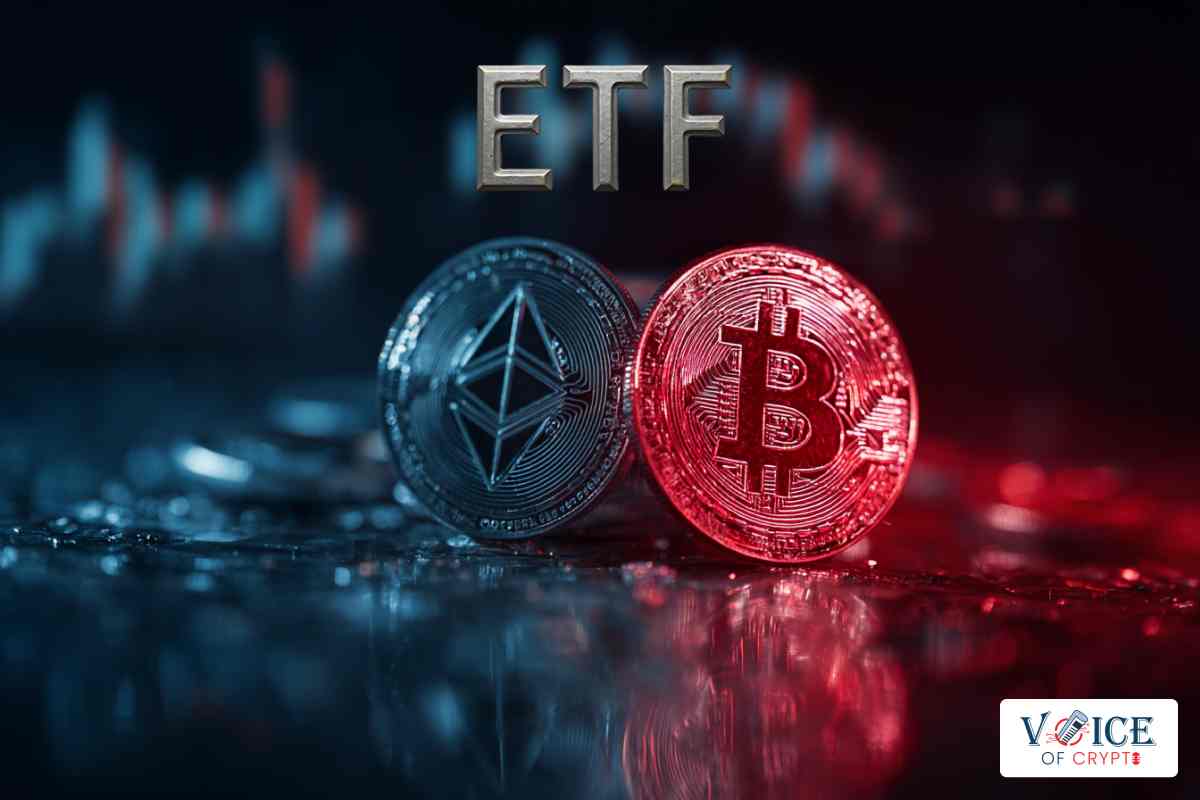Tokenomics studies how cryptocurrencies work in the ecosystem and market. It involves the operation of a token in the market, like its distribution and how it affects its aims. Tokenomics is also interested in creating a system that incentivizes its users. From the regular holders and the delegators to the validators to behave positively for the betterment of the network. For instance, Safemoon tokenomics was designed to mimic the meme coin environment, while Chainlink tokenomics was created to incentivize those that stake and validate transactions. Based on what the platform intends to offer, it designs its tokenomics to mimic that.Â
Some of the elements of tokenomics are discussed below.Â
- Token distribution
Every crypto project has to distribute its tokens to potential users, and they have to develop strategies to do so. It could be by private sales, where people purchase the coins before a public launch. Some projects may use validator rewards, bounties, airdrops, team rewards, and much more to distribute their tokens.Â
- Token supply
Depending on what the project intends to offer, it will design its token supply to reflect this. Some projects may want the value of their tokens to rise, and for this, they may employ a scarcer token supply. For example, Bitcoin’s total supply is 21 million coins makes it scarce – the fundamental law of demand and supply. The higher the supply, the lower the value, and vice versa. If the project aims to make their native coins skyrocket in value, they may opt for a scarcer maximum coin supply.Â
- Governance
Some projects offer their token holders a layer of governance activities, allowing them to submit proposals and vote on changes in the ecosystem based on the number of tokens. Decentralized projects act in the way mentioned above, using the hands-off approach in the network.









